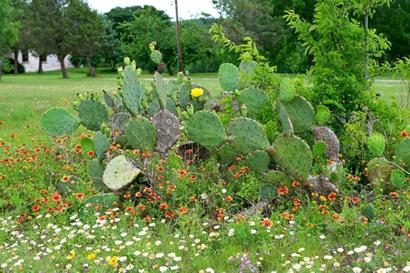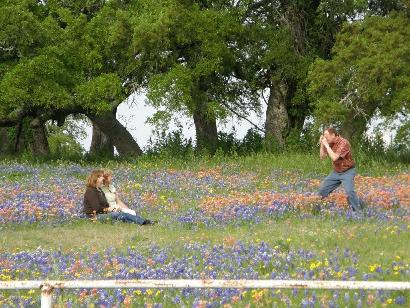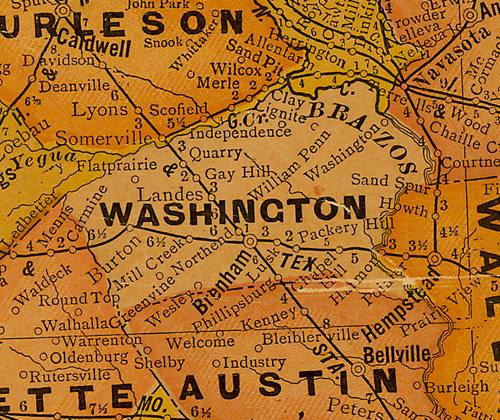Independence, Texas, Washington County history, Baylor Female College ruins,
architectural landmarks, historical sites, wildflowers, cemetery, photos, hotels & more. (original) (raw)
The town of Independence, Texas is actually very much alive - with a very active group of preservationists. But it is also a historic ghost town complete with ruins, restored buildings, residences, cemeteries and over 30 points of historical interest.
The town once had an enviable head start over other towns of its era and held enormous promise of being one of Texas' cultural centers, despite not being a port, crossroads or having a railroad connection. It did manage to become the wealthiest spot in Texas during the days of the Republic.
Independence received two death blows - or three if you count not being elected county seat. The other two were: being bypassed by the railroad and the loss of Baylor University when it moved in 1886.
Independence Early History:
Independence was originally called Coles Settlement or Cole's Hill after early settler John P. Coles. Coles was the Alcalde under Mexican rule and one of the first to venture west from Washington-on-the-Brazos.
Coles was also the county chief justice when Washington County was established in 1841. Coles once rented a cabin to a Mr. Albert Gallatin Haynes, who is worth mentioning if only because he named his sons Tom, Dick and Harry. Other settlers arrived from North Carolina, Alabama and Kentucky including Nestor Clay - a nephew of Henry Clay.
With the organization of Independence Academy in 1837 people started applying the name to the town as well. Other sources credit Dr. Asa Hoxey with naming the town. Hoxey is also credited with naming nearby Washington.
In 1844 an election for county seat was held with four contenders - the then county seat of Mount Vernon, Turkey Creek, Independence and Brenham. Brenham won by a few votes - having just been renamed in honor of a popular doctor who was killed in the ill-fated Mier Expedition in 1842. Brenham also had the advantage of being more centrally located. Turkey Creek and Mount Vernon disappeared without a trace.
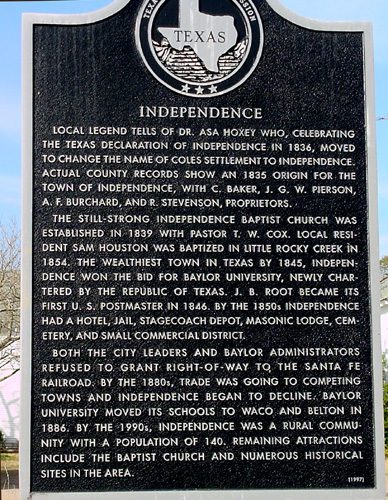
Independence Historical Marker in town square
TE Photo
Historical Marker:
Independence
Local legend tells of Dr. Asa Hoxey who, celebrating the Texas Declaration of Independence in 1836, moved to change the name of Coles settlement to Independence. Actual county records show an 1835 origin for the town of Independence, with C. Baker, J. G. W. Pierson, A. F. Burchard, and R. Stevenson, proprietors.
The still-strong Independence Baptist Church was established in 1839 with Pastor T. W. Cox. Local resident Sam Houston was baptized in Little Rocky Creek in 1854. The wealthiest town in Texas by 1845, Independence won the bid for Baylor University, newly chartered by the Republic of Texas. J. B. Root became its first U. S. Postmaster in 1846. By the 1850s Independence had a hotel, jail, stagecoach depot, Masonic lodge, cemetery, and small commercial district.
Both the city leaders and Baylor administrators refused to grant right-of-way to the Santa Fe Railroad. By the 1880s, trade was going to competing towns and Independence began to decline. Baylor University moved its schools to Waco and Belton in 1886. By the 1990s, Independence was a rural community with a population of 140. Remaining attractions include the Baptist church and numerous historical sites in the area.
(1997)
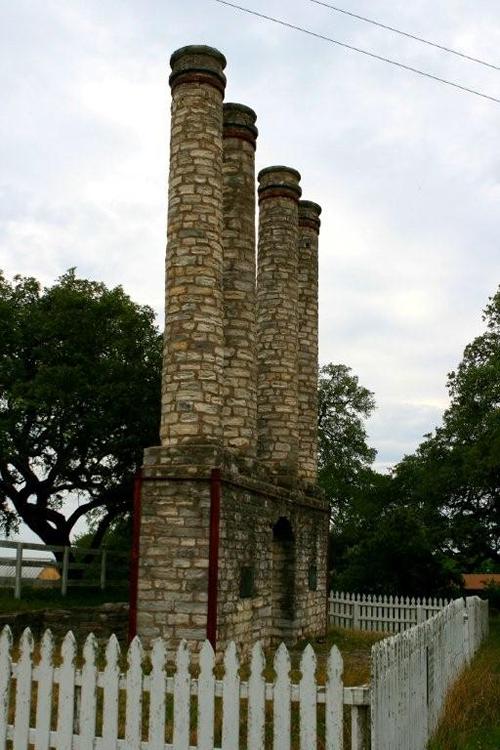
Old Baylor Ruins. Columns in Old Baylor Park
Photo courtesy Stephen Michaels, 2008
Old Baylor Park The Founding of BaylorA Baptist church was established in September 1839 and shortly thereafter (1846) Baylor University was founded. During the first few years the school was coeducational but after 1851 the students were separated by gender.
The four impressive columns to the right of town in Old Baylor Park are the rebuilt columns of the female Department of the University. The Male Campus was located on Windmill Hill.
The stream in between the two campuses was lightheartedly referred to as The River Jordan - since the females (at least in the minds of the boys) dwelled in "the promised land."
[ Friday Afternoon in Spring at Old Baylor Park › ]
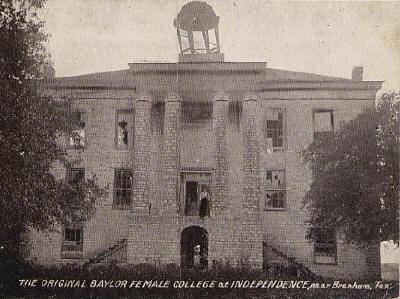
The original Baylor Female College, early 1900s
Photo courtesy texasoldphotos.com
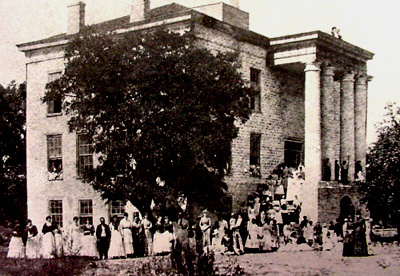
Baylor Female College in Independence
 |
The well of the former Baylor kitchen TE photo |
|---|
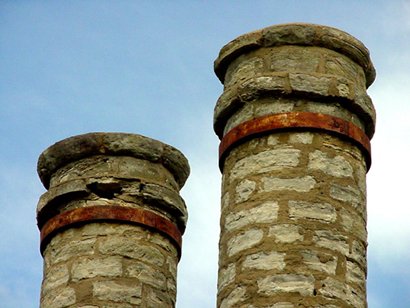

"Columns of a Building of Old Baylor University" Marker
TE Photo
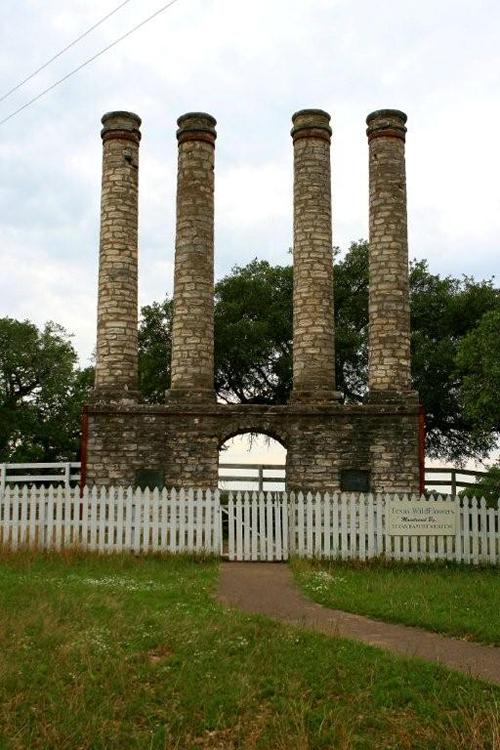
Baylor Female College column remains in Old Baylor Park
Photo courtesy Stephen Michaels, 2008
Windmill Hill and Recent Improvements
Recent improvements on Windmill Hill include a walking path generously landscaped with native plants and a new generation of live oaks, an observation tower and the former foundations of the school.
Much of the stone of the abandoned institution was appropriated by remaining Independence residents and it remains "on permanent loan" in many local buildings.
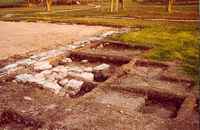 |
Excavations of the former male dormitory on Windmill Hill TE photo |
|---|
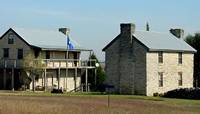 |
Former stage stop (Private property) TE photo |
|---|
A well has been re-excavated and lighted for the benefit of twilight visitors. The lighting offers a good look at the substantial limestone shelf the well diggers had to break through.
Visitors can orient themselves by using old photographs (transferred onto metal) provided by Baylor University.
Across the street from Windmill Hill is the former home (c. 1845) of General Jerome B. Robertson - Captain in the Army of the Republic of Texas, Captain in the Somervell Expedition and Brigadier General of Hood's Brigade, C.S.A. The house has been saved by an owner willing to wait for a buyer who will faithfully restore the property.
Independence Cemetery
Eight tenths of a mile North of the columns in Old Baylor Park on Coles-McCrocklin Road is the Old Independence Cemetery which dates to the 1820s. Family plots include the Clay and Coles families. Many inscriptions of places of birth show the geographical diversity of the early settlers. The setting of the cemetery surrounded by live oaks, pastures and ponds deepens an already strongly-felt timelessness.
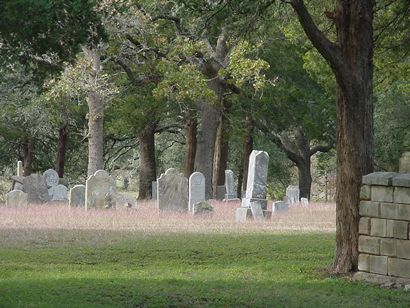
- The Houston Family as Residents Sam Houston lived in Independence after serving as Senator from Texas in the United States. He rented a house not far from the Old Baylor Ruins and left his mark in the local church where a pew still exhibits damage from his hobby of whittling during sermons - a once popular past time that is frowned upon today.
Houston was also Baptized in Independence - on November 19, 1854 - not in the church as planned, but in Little Rocky Creek - between Houston's house and the church. Legend has it that young pranksters learned of the impending Baptism and clogged the ceremonial font with mud and debris the night before.
Margaret Lea Houston - Sam's third wife is buried in Independence. She died of Yellow Fever in 1867 and law prevented her body from being sent to Huntsville to lie beside her husband. Her mother is also buried here. - Prior to the Civil War a debate was held in Independence on the thorny issue of secession. The debate (comprised of Baylor University students) was won in favor of the Union. A 50-foot "liberty pole" was erected and the U. S. flag unfurled, but within a short time the pole was chopped down by the mayor of Independence (Tass Clay), reflecting the feelings of the majority of citizens - debate or no debate.
- Robert McAlpin Williamson
Three-legged Willie by Bob Bowman ("All Things Historical" Column)
"The Republic of Texas, which existed only a decade, had its share of interesting characters. But few of them were as colorful as Three Legged Willie, who passed away some 146 years ago...." more
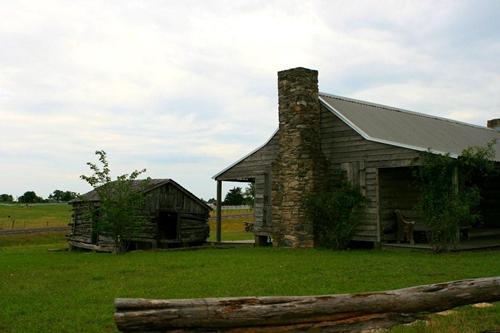
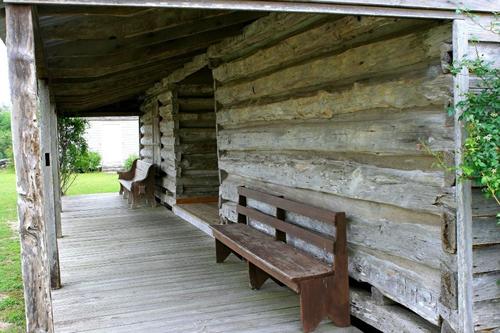
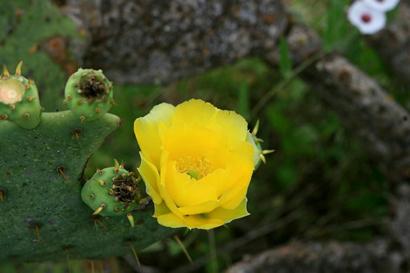
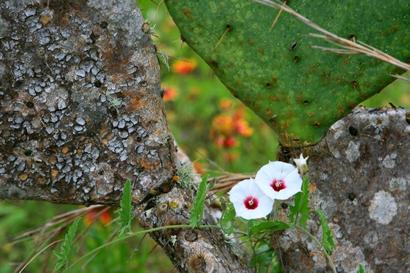
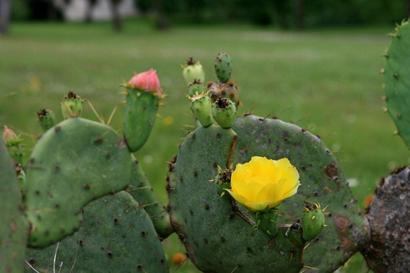
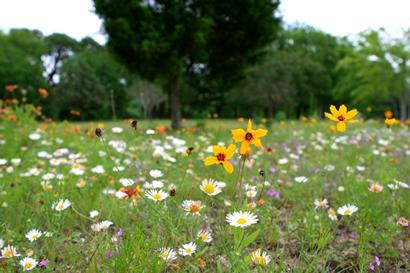

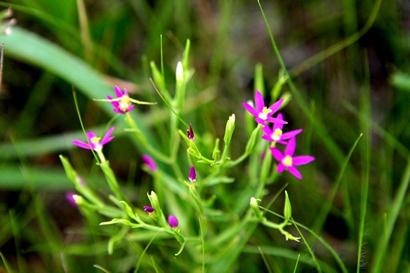
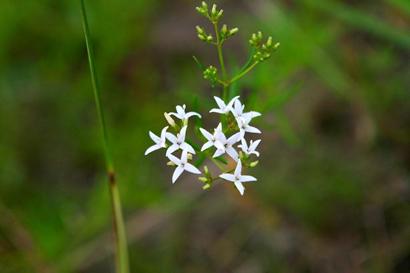


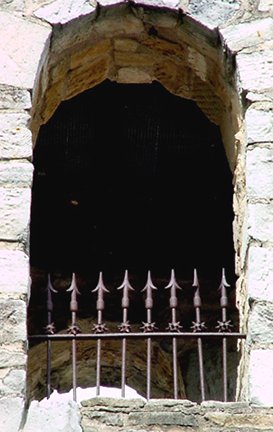
Independence Bell Tower
TE photo
� John Troesser
Bibliography: Baylor at Independence: 1845-1886, Lois Smith Murray, Baylor University Press, 1972
Independence Notes
by John A. Gilmartin
Editor's Note: In our original text on Independence, we mistakenly refered to John P. Coles as John P. Cole and former Mayor Tass Clay as "Task" Clay. Our errors were noted by Mr. Gilmartin who wrote the following letter:
First of all, I genuinely compliment you on the wonderful information you have compiled and published on-line. The accompanying photographs are excellent and I am honored that you included a shot of the old General Store and Texaco Gas Pump that I own that is on the fringe area of the original college site. I have owned property in the Old Baylor Park at Independence the past 30 years. I was an officer and member of the Independence Historical Society for many years and served on the Executive Committee of the Washington County Historical Committee.
John Prince Coles who was born in Rowan County, North Carolina in 1793 emmigrated to Texas from Jasper County Georgia at Monticello in 1820. He became a close and dear friend of Stephen F. Austin's. Austin rewarded Coles' friendship, service and loyalty by insuring that Coles received the largest land grants of all the original 300 colonists. He arrived at Independence in 1822 and constructed his "double-pen log house. Only one-half of it remains today. The south one-half was destroyed by the 1900 Galveston Storm and was not rebuilt.Coles also built and owned a Public House (Inn), constructed a mill on the Yegua Tributary of the Brazos and was an original Trustee of Baylor. Historically the town was known far and wide as Coles' Settlement. After San Jacinto and the Texas Victory, Dr. Asa Hoxey led the movement to change the town's name to INDEPENDENCE in commemmoration of Texas's new independent status from Mexico. Coles died in 1847 and is buried at the Old independence Cemetery. His widow Mary Eleanor had his tombstone carved following his death.
The Mayor of Independence who chopped down the US Flag on the eve of the Civil War was Tass Clay, named for the Roman Emperior Tacitus. And in the Lea-Houston Family Cemetery, Margaret Lea Houston is buried with her mother Nancy Moffette Lea and some former slaves. The Houston's first-born son, Dr. Samuel Houston, Jr , is buried in the Old Independence Cemetery. Again, thank you for your wonderful information and [magazine]!
Respectfully,
John A. Gilmartin,
Attorney at Law (Retired), Independence Local Historian, Crockett, Texas
Washington County 1920s map
From Texas state map #10749
Courtesy Texas General Land Office
Texas Escapes, in its purpose to preserve historic, endangered and vanishing Texas, asks that anyone wishing to share their local history, stories, landmarks and recent or vintage photos, please contact us.
